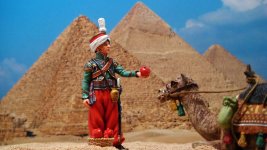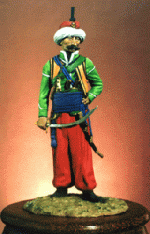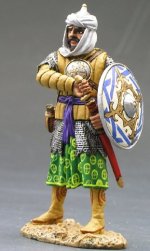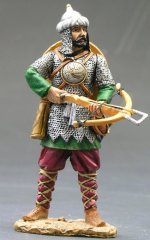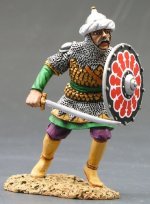Islam and the Color Green:
From Slate.com:
Why is the color green so important in the Muslim world?
By Christopher Beam
Posted Tuesday, June 9, 2009, at 6:29 PM ET
The main rival of President Mahmoud Ahmadinejad in the Iranian elections, Mir Hossain Mousavi, has adopted green as his signature color. The flags of Iran, Saudi Arabia, and the Palestinian group Hamas also include the color. Why is green so prevalent in the Muslim world?
Because it was supposedly Mohammed's favorite color. The Islamic prophet is said to have worn a green cloak and turban, and his writings are full of references to the color. A passage from the Quran describes paradise as a place where people "will wear green garments of fine silk." One hadith, or teaching, says, "When Allah's Apostle died, he was covered with a Hibra Burd," which is a green square garment. As a result, you'll see green used to color the binding of Qurans, the domes of mosques, and, yes, campaign materials.
Green has other properties, too, that make it a natural fit for Islam and the Middle East. It's a symbol of nature and life—especially potent in the dry desert. Mohammed invoked this connection when he wrote about a folkloric figure called al-Khidr, or "the Green One," who symbolizes immortality. (Al-Khidr may have been an inspiration for the Arthurian character of the Green Knight, who in one story is described as worshipping Mohammed.) At least one commentator has speculated that because green is in the middle of the color spectrum and Mohammed preached moderation, one complements the other. (The Quran describes the Muslim community as "the midmost nation.")
Green comes up a lot in Islamic history. It was the color of the flag of the Fatimid Caliphate, the last of the four Arab caliphates. During the crusades, Islamic soldiers wore green to identify themselves. (Likewise, crusaders avoided green in their coats of arms, just to be safe from friendly fire.) Some say the banner under which Mohammed fought in the war on Mecca was green with golden trimming. (The flag is currently locked away in the Topkapi Palace in Istanbul, Turkey—we don't really know what color it is.) For centuries in Persia, only descendants of Mohammed, known as the Sayyids, were allowed to wear green turbans—anyone else would be punished for it. Green was also favored by the Ottoman Empire, which after the Tanzimat reforms of the mid-19th century dyed its secular flags red and its religious flags green. More recently, the color has become buttociated with Hamas, which sports a bright green flag.



